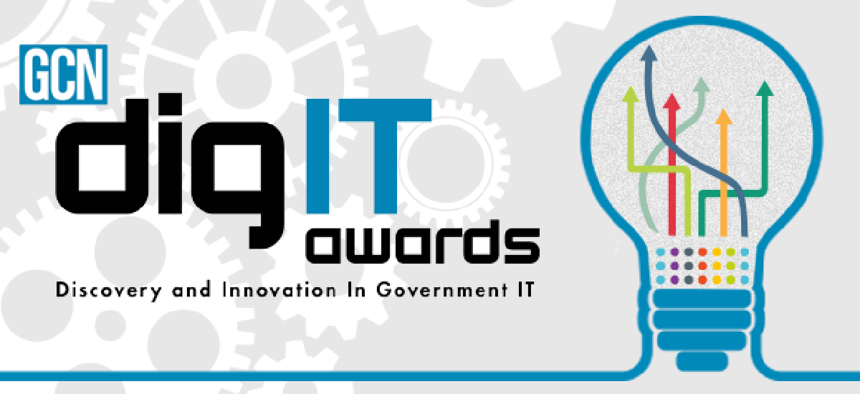Announcing the Dig IT Award finalists: Editor's choice

Open data -- and the infrastructure to support it -- are driving a remarkable degree of innovation at all levels of government.
GCN's Dig IT Awards recognize the best examples of discovery and innovation in government IT. Today we are pleased to announce the finalists in our final "Editor's Choice" category: Open Data.
While open data was not a predefined category for the Dig IT Awards, it became obvious as the nominations rolled in that this was an area deserving of dedicated attention. While not as visible or as "sexy" as some of the other categories, the open data ecosystem truly is transforming government.
The projects below, along with the finalists in our five other categories, will be profiled in the coming weeks in GCN and on GCN.com and honored in person at the GCN Dig IT Awards Gala on Oct. 13 at the Ritz Carlton in Tysons Corner, Va. The overall winner in each category, as selected by our judging panel of top government IT innovators, will be announced at the Oct. 13 gala.
Details on our Open Data finalists can be found below, and you learn more about all the other finalists via the links at the right.
CitySDK
Census Bureau
CitySDK provides a single service that abstracts and simplifies the developer experience for working with three core Census Bureau application programming interfaces that provide statistics, geocoding and geographic shape files for mapping. That speeds development by as much as 75 percent and can save significant money as well as time -- all of which encourages greater use of census data. CitySDK started as a simple javascript library and is now evolving into a server-side implementation that can grant the same functionality to developers coding in any language.
Commerce Data Usability Project
Commerce Data Service
This initiative produces data guides for the Commerce Department's high-value datasets, lowering the barrier to entry for individuals and companies that want to solve problems or create businesses by leveraging the department's open data. Launched in early January, the guides have already been used by companies like Esri, MapBox, Microsoft and Socrata to accelerate data product development cycles, and several other agencies are leveraging the Commerce Data Service's work to create their own instances.
Data Format Description Language and the Open Source Daffodil DFDL Processor
Department of Defense
It is critical for defense agencies to be able to quickly and easily share and analyze mission-critical data. Until now, however, there was no open standard to process the military's many non-XML data formats. The Data Format Description Language and Daffodil processor enable open-source, XML-based filters to be created, tested, certified and then reused many times. The result is faster deployment of data links, more secure and robust control over data sharing and reduced cost for the government.
DHS Data Framework
Department of Homeland Security
The DHS Data Framework is that agency's solution for increasing data access and information sharing while improving protections and safeguarding sensitive data. A big data instance consisting of two Hadoop data lakes, the data framework provides broad access to DHS data, but it also leverages attribute-based access control to ensure that access does not compromise privacy, civil rights and civil liberties.
Next-Gen IT Dashboard
Office of Management and Budget
First developed in 2009, the Federal IT Dashboard provides an online portal through which the public can see how tax dollars are being spent on IT across the government. Last year, the Office of the Federal Chief Information Officer decided to revamp the project. That agile-driven upgrade reduced the hardware footprint by 75 percent, leveraged shared services and modernized the architecture. More importantly, it transformed the user experience to make the Dashboard useful to the broader public, not just to experts already familiar with federal IT budgeting.
Open Prince George's County
Prince George's County Office of Information Technology
Maryland's Prince George's County government is working to make more data-driven decisions in each of its branches, agencies and departments. At the core of this effort is the OpenPGC open-data initiative. A display layer for the centralized data warehouse that connects various county CRM applications and case management tools, OpenPGC provides real-time insights into everything from how the approved operating budget is being spent to how long customer service representatives are taking to answer and resolve 311 service requests.





